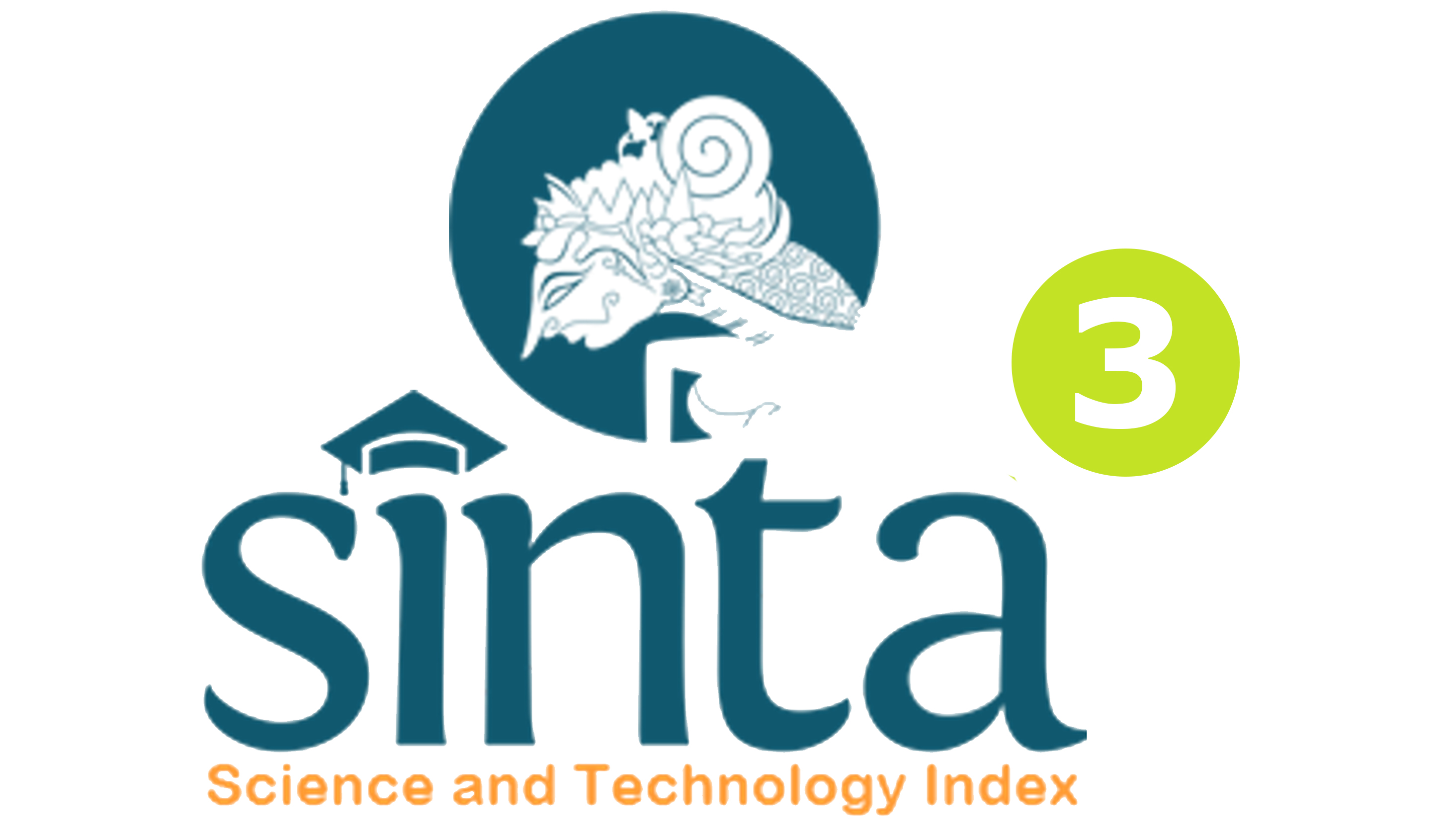PENERAPAN TEORI KONSELING BEHAVIORAL DENGAN TEKNIK PENGONDISIAN OPERAN UNTUK MENINGKATKAN SELF EXHIBITION SISWA KELAS VIII 2 SMP LAB UNDIKSHA
DOI:
https://doi.org/10.23887/jibk.v8i1.11103Abstract
Penelitian ini merupakan jenis penelitian tindakan Bimbingan Konseling (Action Research In Counseling) yang bertujuan untuk mengetahui peningkatan self exhibition siswa kelas VIII 2 SMP LAB UNDIKSHA setelah diterapkan teori konseling behavioral dengan teknik pengondisian operan. Subjek penelitian ini sebanyak 33 orang siswa kelas VIII 2 SMP LAB UNDIKSHA. Penelitian ini terdiri dari 4 siklus dimana masing-masing siklus melalui tahap identifikasi, diagnosa, prognosa, treatment, evaluasi, dan refleksi. Proses pengambilan data dalam penelitian ini menggunakan metode observasi, wawancara, buku harian dan kuesioner selfexhibitiont pola skala linkert dan dianalisis secara deskriptif. Setelah diberikan treatment teoti konseling behavioral dengan teknik pengondisian operan pada siklus I melalui bimbingan klasikal sebanyak empat kali pertemuan, self exhibition siswa kelas VIII 2 menjadi meningkat sebesar 69,06% . Setelah diberikan treatment teori konseling behavioral dengan teknik pengondisian operan pada siklus II melalui bimbingan kelompok sebanyak empat kali pertemuan, self exhibition siswa kelas VIII 2 meningkat sebesar 73,33%. Setelah diberikan treatment teori konseling behavioral dengan teknik pengondisian operan pada siklus III melalui konseling kelompok sebanyak empat kali pertemuan, self exhibition siswa kelas VIII 2 meningkat sebesar 77,26%. Kemudian setelah diberikan treatment teori konseling behavioral dengan teknik pengondisian operan pada siklus IV melalui konseling individu sebanyak empat kali pertemuan, self exhibition siswa kelas VIII 2 meningkat sebesar 81,06% yaitu kategori Tinggi.Kata Kunci : konseling behavioral, pengondisian operan, self exhibition.
This study is a type of Action Research In Counseling which aims to determine the improvement of self-exhibition from the students of grade VIII 2 at SMP LAB UNDIKSHA after applied the theory of behavioral counseling with operant conditioning techniques. The subjects of this study were 33 students of grade VIII 2 SMP LAB UNDIKSHA. This study consists of 4 cycles where each cycle through the stage of identification, diagnosis, prognosis, treatment, evaluation, and reflection. The data retrieval process in this research using observation method, interview, diary and self exhibition questionnaire of linkert scale pattern and analyzed descriptively. After being given the treatment of the theory counseling behavioral with operant conditioning technique in cycle I through classical guidance as much as four times meeting, self exhibition student of class VIII 2 become increase equal to 69,06%. After the treatment of behavioral counseling theory with operant conditioning techniques in cycle II through group guidance as much as four times of meeting, self exhibition of class VIII 2 students increased by 73.33%. After being given treatment of behavioral counseling theory with operant conditioning technique in cycle III through group counseling as much as four times, self exhibition student of class VIII 2 increased by 77,26%. Then after being given treatment of behavioral counseling theory with operant conditioning technique on IV cycle through individual counseling as much as four times of meeting, self exhibition student of class VIII 2 increased by 81,06% that is High category.
keyword : counseling behavioral, operant conditioning, self exhibition
Published
Issue
Section
License
Jurnal Ilmiah Bimbingan Konseling Undiksha is an Open Access Journal. The authors who publish the manuscript in this journal agree to the following terms:
JIBK is licensed under a Creative Commons Attribution 4.0 International License. This permits anyone to copy, redistribute, remix, transmit and adapt the work provided the original work and source is appropriately cited.
This means:
Jurnal Ilmiah Bimbingan Konseling is licensed under a Creative Commons Attribution 4.0 International License.
(1) Under the CC-BY license, authors retain ownership of the copyright for their article, but authors grant others permission to use the content of publications in JIBK in whole or in part provided that the original work is properly cited. Users (redistributors) of JIBK are required to cite the original source, including the author's names, JIBK as the initial source of publication, year of publication, volume number, issue, and Digital Object Identifier (DOI); (2) The authors are the copyright owner of the article, and the author grants the JIBK held the first publication right.









.png)

.jpg)

